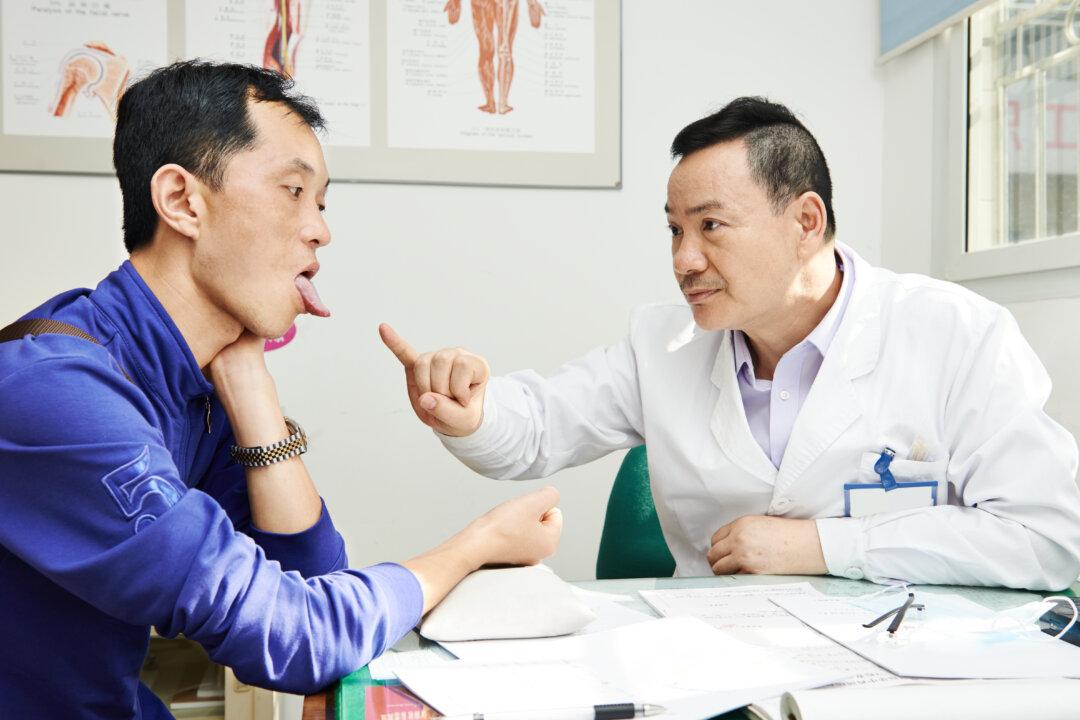Your tongue does more than just taste food and articulate words. According to traditional Chinese medicine, it is also a convenient diagnostic tool.
Before X-rays, MRIs, and CT scans, ancient doctors had other methods to examine the internal health of their patients. Tongue diagnosis is one such practice still widely used today. For those who know how to read the tongue’s secrets, it can reveal signs of disease and imbalance that the patient may not share or even know.






